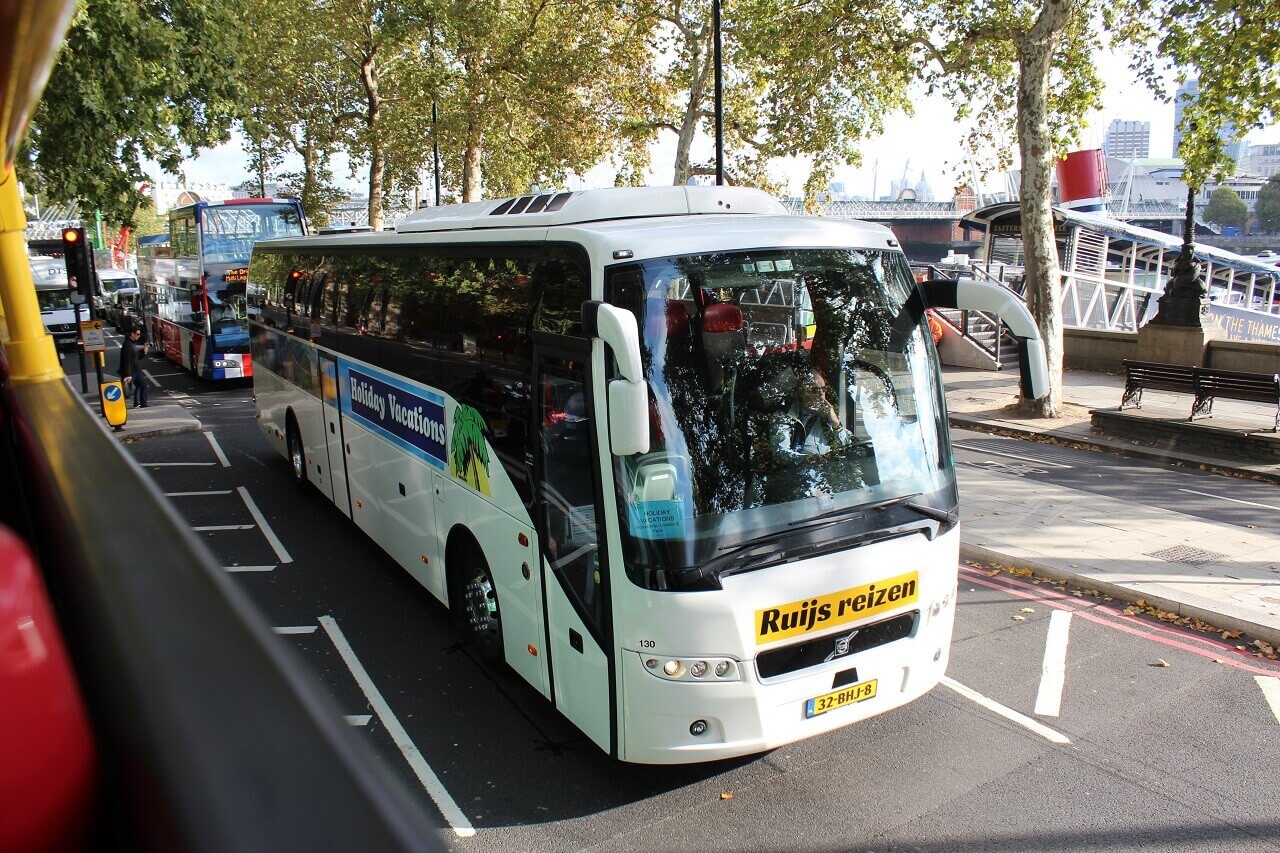
With London’s ULEZ just around the corner, Peter Jackson spoke to CPT Coaching Manager Andy Warrender to learn more about the impact it could have on the coach industry this year
London’s Ultra-Low Emission Zone (ULEZ) has proved to be the subject of much debate within the coach industry since it was first consulted on in 2014. Now though, its introduction is only days away, so it seemed like the ideal time to catch up with Confederation of Passenger Transport (CPT) Coaching Manager Andy Warrender. […]
By subscribing you will benefit from:
- Operator & Supplier Profiles
- Face-to-Face Interviews
- Lastest News
- Test Drives and Reviews
- Legal Updates
- Route Focus
- Industry Insider Opinions
- Passenger Perspective
- Vehicle Launches
- and much more!


